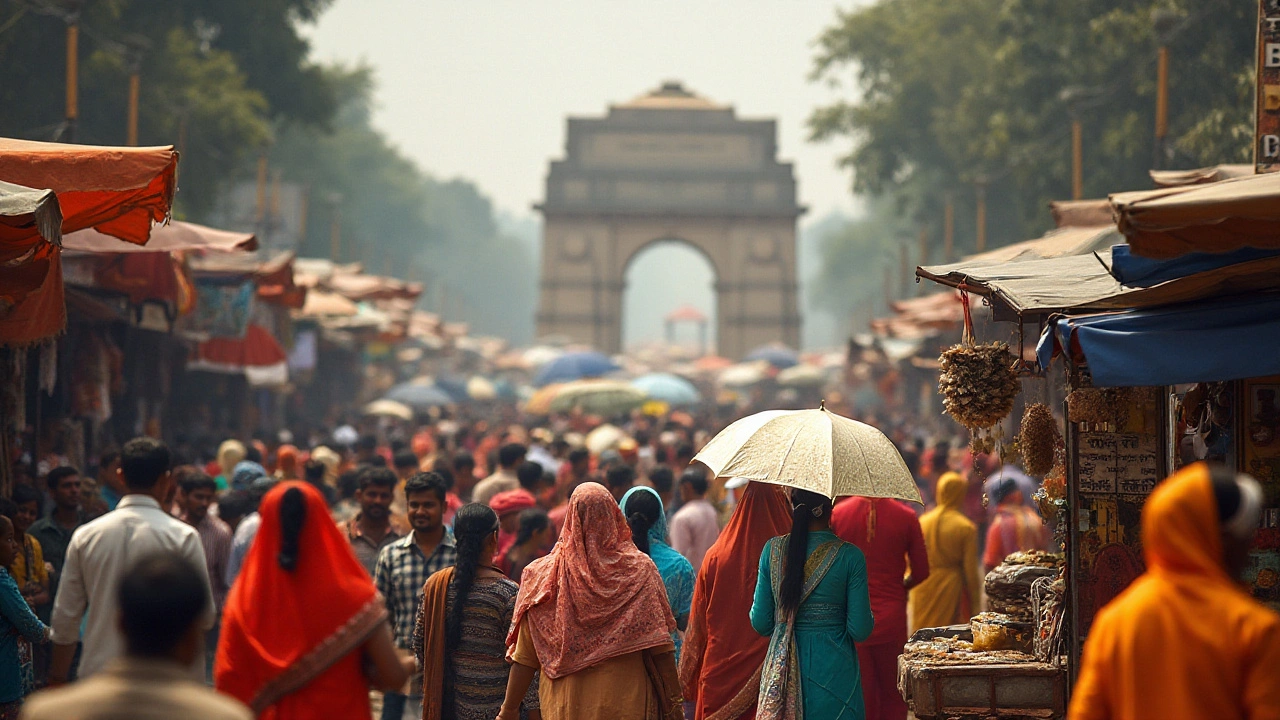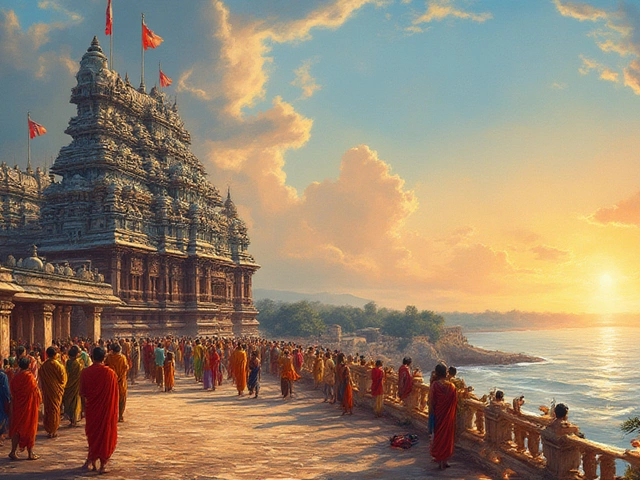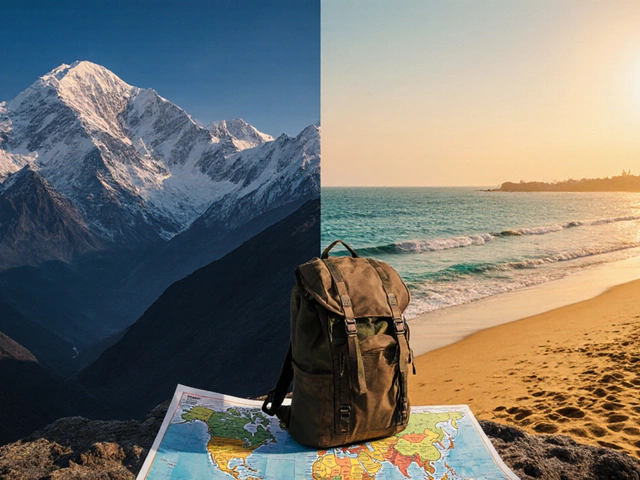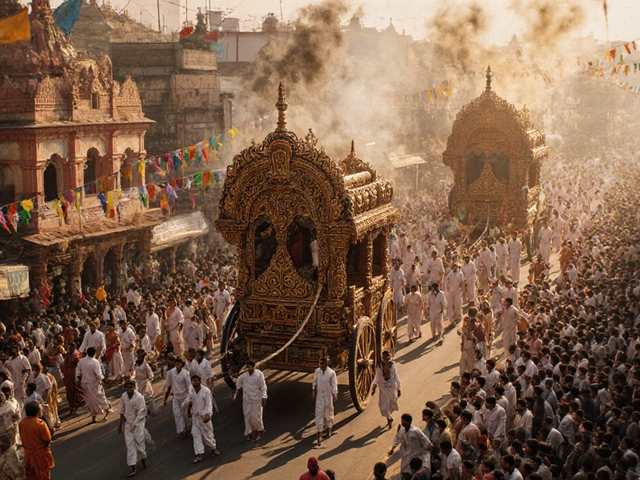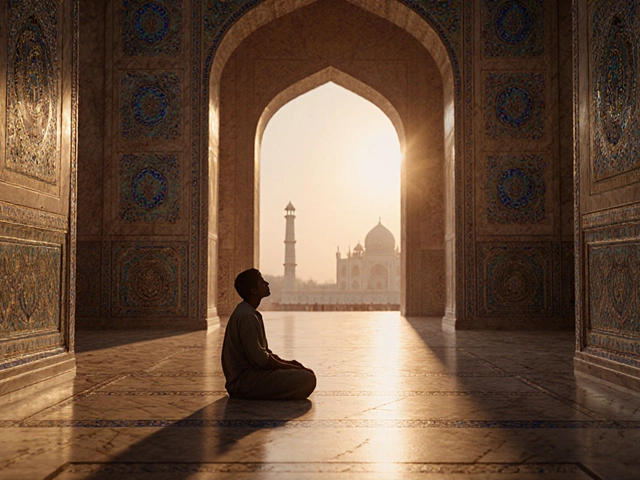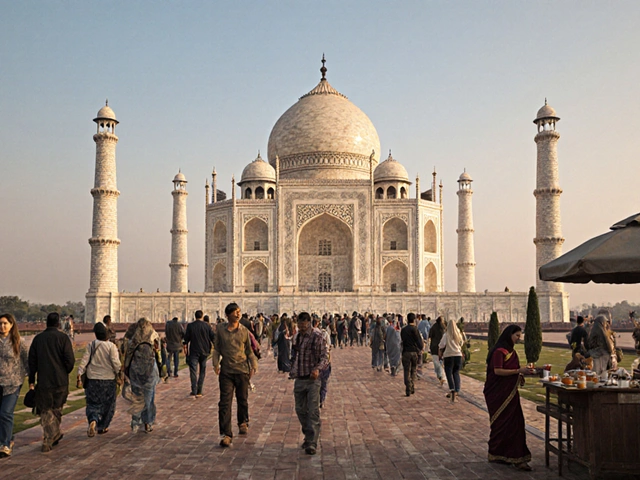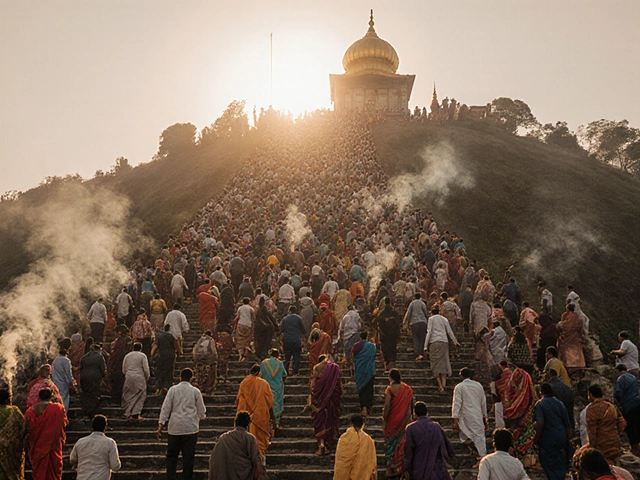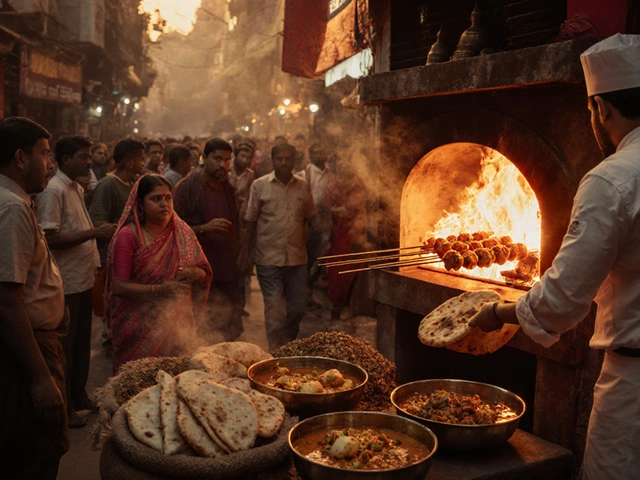India's vast expanse is home to a mosaic of cultures, landscapes, and experiences, drawing travelers from around the globe. When it comes to choosing between North and South India, safety often stands out as a significant consideration. With its varied geography and vibrant cities, each region offers a distinct atmosphere, impacting the experiences of those venturing through its realms.
Travelers may find themselves pondering the contrasts between the bustling streets of North Indian cities like Delhi and the tranquil backwaters of South India. Safety can be measured in numerous ways, from statistics to personal experiences, all of which can help shape the journey one embarks upon.
While the vibrant chaos of the North might excite some, others may be drawn to the laid-back and more serene environment of the South. Recognizing the unique safety dynamics of these regions is key to planning a memorable and trouble-free trip. Alongside this, cultural factors and local customs can also influence one's sense of safety and comfort during travel.
- Understanding Regional Dynamics
- Safety Statistics and Insights
- Cultural Considerations for Travelers
- Practical Travel Tips for Safety
Understanding Regional Dynamics
The dynamic contrast between North India and South India is often a source of fascination for travelers and scholars alike. North India, with its iconic cities such as Delhi, Jaipur, and Agra, is bursting with historical treasures and cultural vibrancy. The north is renowned for its majestic Mughal architecture, like the awe-inspiring Taj Mahal, setting it apart as a region steeped in history. This part of India tends to be populous and bustling, with a chaotic allure that both captivates and intimidates first-time visitors. In contrast, South India offers a starkly different experience, with cities like Chennai, Bangalore, and Kochi known for their colonial history, beaches, and backwaters. The south boasts a more laid-back lifestyle and is often appreciated for its greenery, spirituality, and rich traditions.
Cultural norms can vary widely between these regions. In the north, the influence of Mughal, Persian, and Indo-Aryan traditions is evident in cuisine, language, and attire, creating a melting pot of cultural practices. Festivals in North India, such as Diwali and Holi, are celebrated with much enthusiasm, drawing tourists from across the globe to experience their vibrancy. The south, however, historically influenced by Dravidian traditions, offers a different cultural palette. Here, festivals like Pongal and Onam are deeply rooted in agrarian lifestyles and showcase age-old traditions through music, dance, and food.
The linguistic diversity further underscores the regional dynamics. Hindi is predominantly spoken in the north, while the south is characterized by Dravidian languages like Tamil, Telugu, and Kannada. This variation often enriches the travel experience but can also present communication barriers for tourists. Visitors will find that adapting to local lingos can enhance their journey significantly. Furthermore, climate plays an essential role in the north-south dichotomy. North India experiences extreme temperatures, with icy winters and scorching summers, while South India enjoys a more tropical, moderate climate year-round.
Economic and Infrastructure Considerations
Economic development influences safety and accessibility, making it a prominent aspect of regional dynamics. North India has witnessed rapid growth in urban infrastructure, contributing significantly to the economy with a focus on industries like information technology and automobile manufacturing. This economic boom affects the quality of public services, potentially enhancing safety in urban areas, yet simultaneously posing challenges with urban sprawl and congestion. In comparison, South India's economic landscape, particularly in cities like Bangalore and Chennai, shines in IT and biotechnology. Infrastructure here is steadily improving, with new highways and better connectivity; however, rural areas still face developmental challenges. The interplay of economic factors and infrastructure development creates a varied travel experience over regions in India.
Considering the distinct characteristics and dynamism of North and South India is central to understanding the region and making informed travel choices. A varied landscape and cultural mosaic promise incredible experiences and highlight the essence but require travelers to navigate these differences skillfully. Insight into local customs, languages, economy, and geography can empower travelers to connect more deeply with the country's heart. As the famous saying goes, "India is not just a country; it's an experience," which rings true for the multifaceted regions of North and South India.
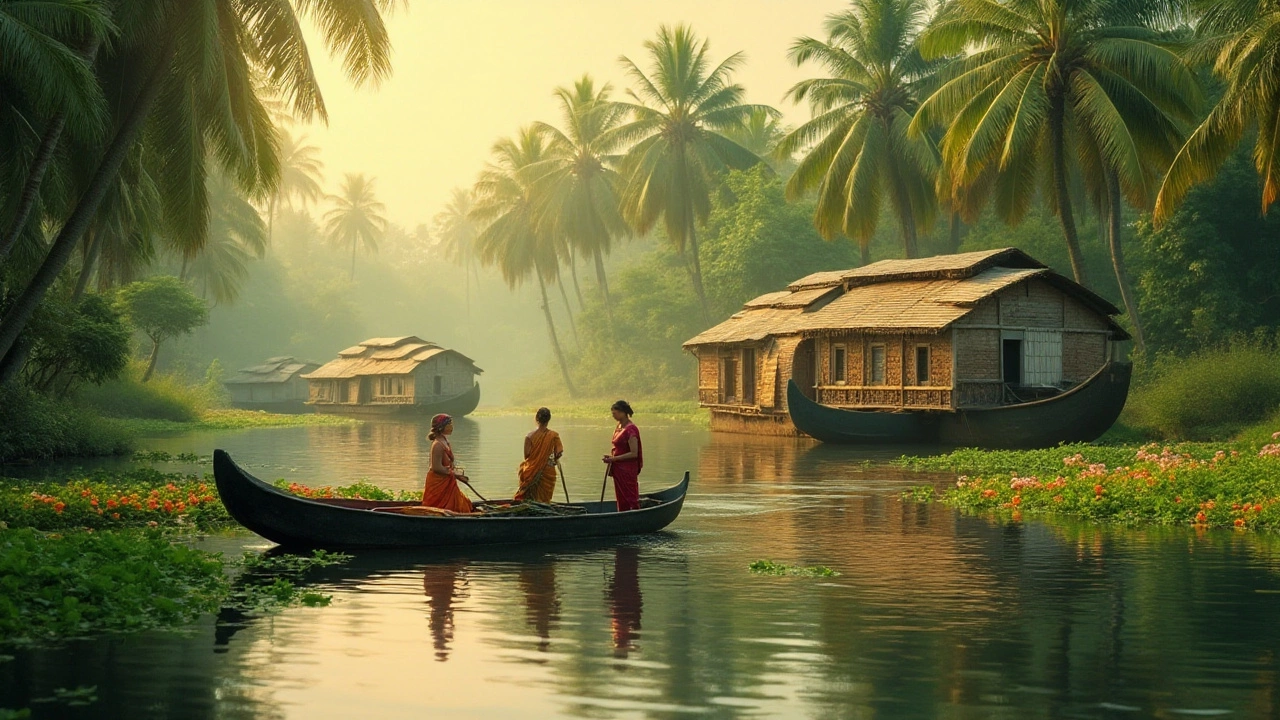
Safety Statistics and Insights
The sprawling regions of North and South India are not just diverse in their culture and scenery, but they also present different aspects of travel safety which can guide a traveler in planning their itinerary. Within the vibrant lanes of North India, places like New Delhi, Agra, and Jaipur offer a cocktail of historical wonders and modern pace. However, the bustling urban life can sometimes translate into higher petty crime rates. According to some reports prior to 2023, larger cities in the North have shown incidents of pickpocketing and scams, especially in crowded areas.
On the other hand, South India is often perceived as the safer counterpart. With states like Kerala, Tamil Nadu, and Karnataka, the emphasis on tourism infrastructure provides a sense of security, especially for solo travelers and families. While typical tourist destinations in South India tend to record lower crime rates, it’s wise to stay cautious in any crowded setting, regardless of the region. Travel experts often point out that staying informed about local safety advisories and maintaining a low profile can contribute to a safer travel experience.
"Traveling smartly means more than just packing your bags right – understanding the safety landscape in regions like North and South India is crucial," said a travel specialist from Lonely Planet.
While analyzing safety statistics, one useful approach is to look at city-specific data that highlights both challenges and improvements. For example, recent public safety initiatives have led to an upward trend in traveler confidence in several South Indian cities. A noteworthy point is data showing a decline in reported harassment cases in cities like Chennai and Bangalore, which have focused on enhancing tourist police presence. However, while numbers are informative, personal vigilance remains key.
Travelers should also be aware of health-related safety, such as food and water hygiene, when exploring these regions. India's vast and rich culinary scene might tempt one into adventure, but remembering travel hygiene is crucial. Ensuring safe food and water practices can prevent common troubles like foodborne illnesses, which, though seemingly minor, can greatly affect travel experiences.
An interesting element in the safety dialogue includes transportation. The popularity and growth of ride-sharing apps have made it more convenient to navigate both North and South India, yet selecting reliable services and confirming driver credentials offers additional layers of security. Another tip from seasoned travelers is that using prepaid taxi services at airports significantly reduces the chances of falling into travel scams.
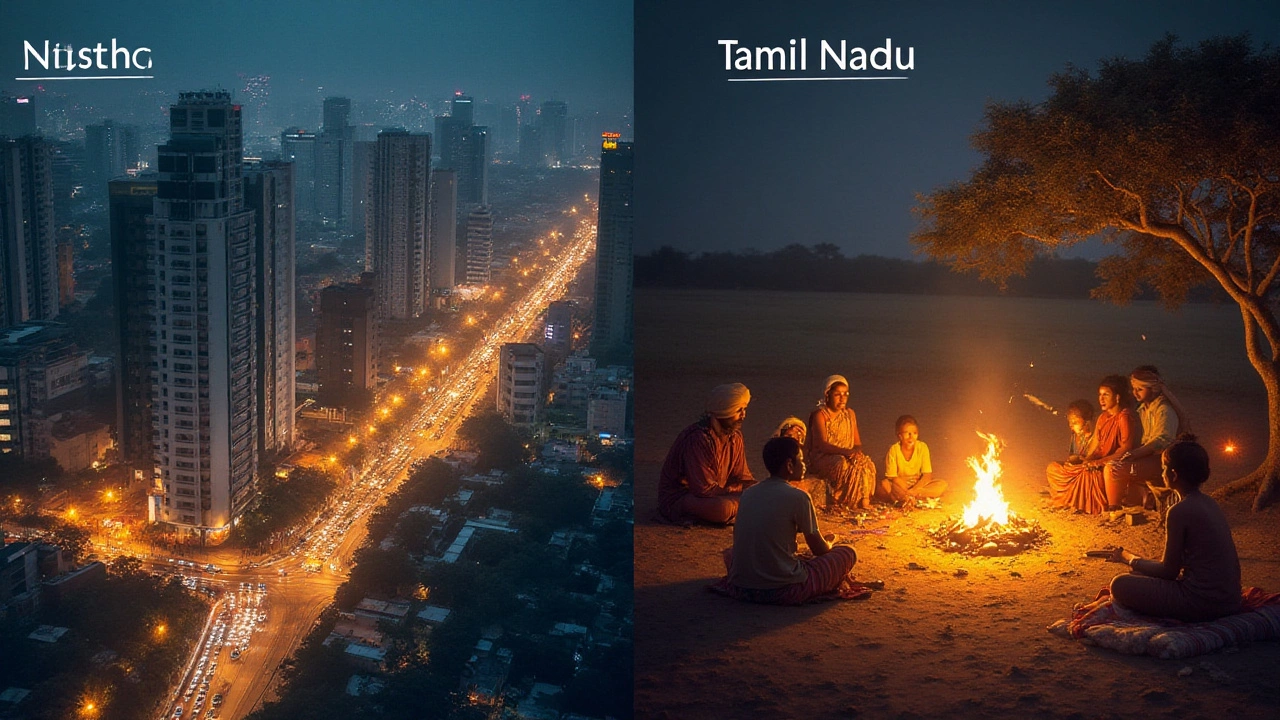
Cultural Considerations for Travelers
Exploring India is like stepping into a world where history breathes through its countless traditions and customs, embodying a cultural richness that can't be matched. Here, the dichotomy between the North and South is pronounced not just in geography but in the fabric of everyday life. Each region has its own set of cultural norms, traditional practices, and social etiquettes that travelers should be mindful of, ensuring respect and enhancing safety.
In North India, you'll find a strong influence of historical empires and a more vibrant blend of modern and traditional lifestyles. The worshipping of different deities is an everyday spectacle, often accompanied by vividly colorful festivals. It’s crucial for travelers to respect religious customs, such as removing shoes before entering temples or homes. Many North Indians also follow a patriarchal social structure, influencing gender roles and interactions in public.
Conversely, South India offers a quieter elegance, steeped in enduring traditions, with classical dance and music that have survived for centuries. The people are known for their hospitality and are often more reserved in public engagements. English is widely spoken, which might ease communication for many tourists, but local Dravidian languages like Tamil, Telugu, and Kannada dominate everyday conversations. Remember, South Indian cuisine often packs a punch with spicy flavors, so prepare your palate accordingly!
"Cultural nuance is key to enhancing your travel experience in India. The respect you show will often be reciprocated," said Priyanka Gupta, an expert in Indian cultural studies.
The diverse religious sentiments are a cornerstone of Indian society, impacting daily life significantly. North India is predominantly Hindu but home to significant Muslim populations, particularly in states like Jammu and Kashmir. In contrast, South India boasts a harmonious mix of Hinduism, Islam, and Christianity, seen prominently in Kerala. Respecting places of worship and their rituals is crucial across both regions.
An interesting aspect for India safety is the penchant for personalization in regional attire. While the sari and salwar kameez can be seen throughout, men wear dhotis more often in the South, and turbans are more common in the North. Dress modestly, covering shoulders and knees, can prevent uninvited attention and make exploration more comfortable.
Understanding these cultural differences not only enriches your travel but can contribute to your personal safety. It helps travelers blend in and minimizes the chances of any misunderstandings or socially awkward moments. By being an observant and respectful visitor, you lay the groundwork for a travel experience that is both rewarding and secure.
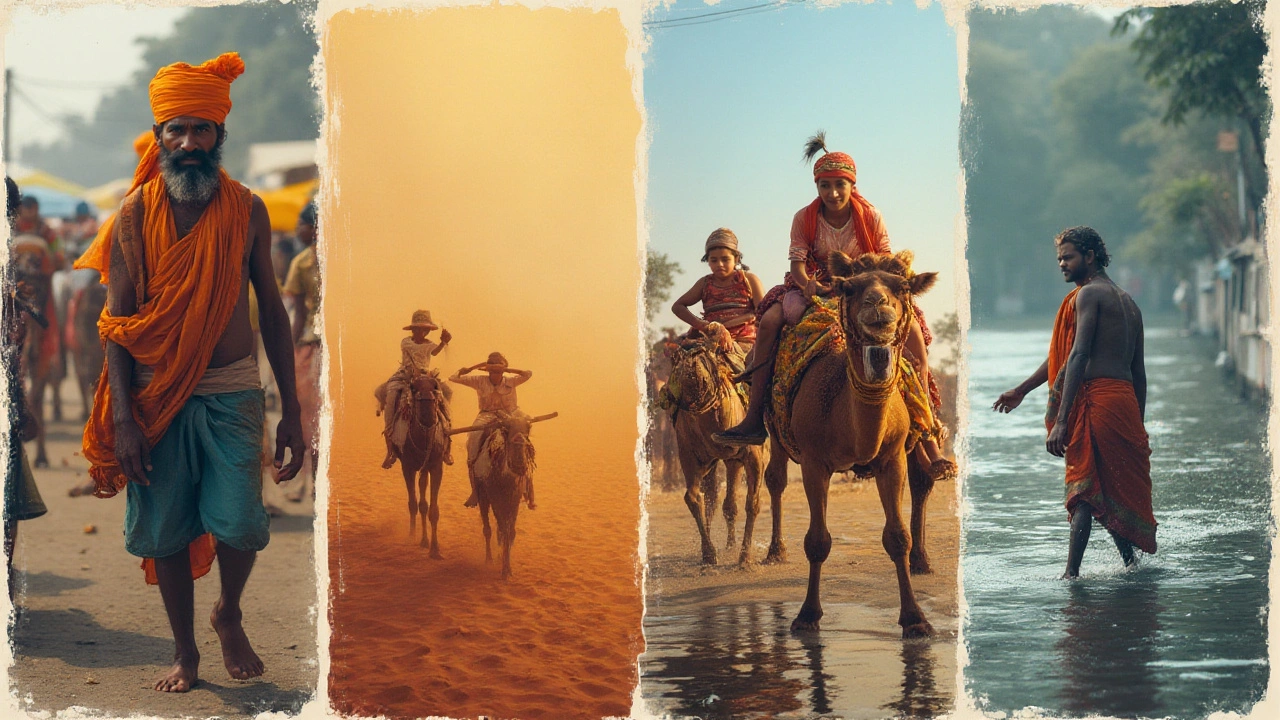
Practical Travel Tips for Safety
When embarking on a journey through either North or South India, having a few safety tips up your sleeve can make all the difference. These travelers often face unexpected situations, from bustling urban centers to remote village trails. Whether it's about maintaining personal boundaries, dealing with local public transportation, or ensuring your belongings are safe, the right preparation can boost your confidence.
First and foremost, understanding and respecting local customs can significantly impact your travel experience, especially regarding personal interactions. In some Northern regions, cultural conservativeness tends to influence social dynamics, a consideration that might inform how you dress or communicate. Conversely, Southern hospitability is frequently noted by travelers, but nuances in social conduct still demand awareness. One must never underestimate the power of a friendly smile paired with respect for customs.
Staying vigilant in crowded places—as one might in the busy streets of Delhi or Chennai—is wise. Pickpocketing, while not rampant, happens and conscious handling of valuables is advised. Opt for money belts or decoy wallets as simple deterrents. Moreover, while taxis and auto-rickshaws are plentiful, negotiate fares beforehand to avoid misunderstandings, which is a practice advised by locals and veteran travelers alike.
One cannot overlook the dimensions of safety that are not physical; health safety holds its own in the journey planning. Ensure you have an adequate travel insurance policy covering unexpected medical occurrences. Hydration is crucial, particularly given India's varied climate zones. Always choose bottled water to avoid any health mishaps that might disrupt your excursions. If ever in doubt, lean on North India travel forums or South India safety blogs for travelers' first-hand accounts.
According to a 2023 survey by the Indian Ministry of Tourism, 85% of international tourists reported satisfying safety measures across major Indian tourist destinations.
Moving through India, especially when traversing from north to south, understanding and utilizing technology becomes a remarkable asset. Download apps that provide transportation updates, cultural insights, and emergency contacts. Apps like Aarogya Setu can offer a general health overview, while local taxi services like Ola or Uber provide safer alternatives than street-hailed counterparts. Additionally, registering with your country's embassy can offer peace of mind, knowing a helping hand is just a call away in emergencies.
Finally, engage with local guides whenever possible. They not only offer unique insights but prove invaluable in ensuring richer, more secure experiences. Investing in trusted guide services often pays off richly, not just in safeguarding experiences but enriching them with stories that otherwise might remain untold. Always remember, whether in North India or South India, the spirit of travel should always be informed by a balance of adventure and preparedness.
